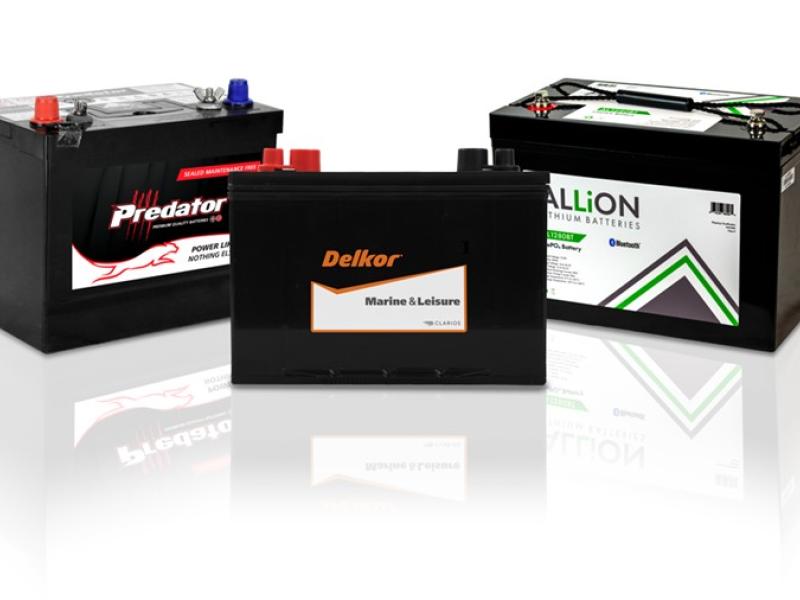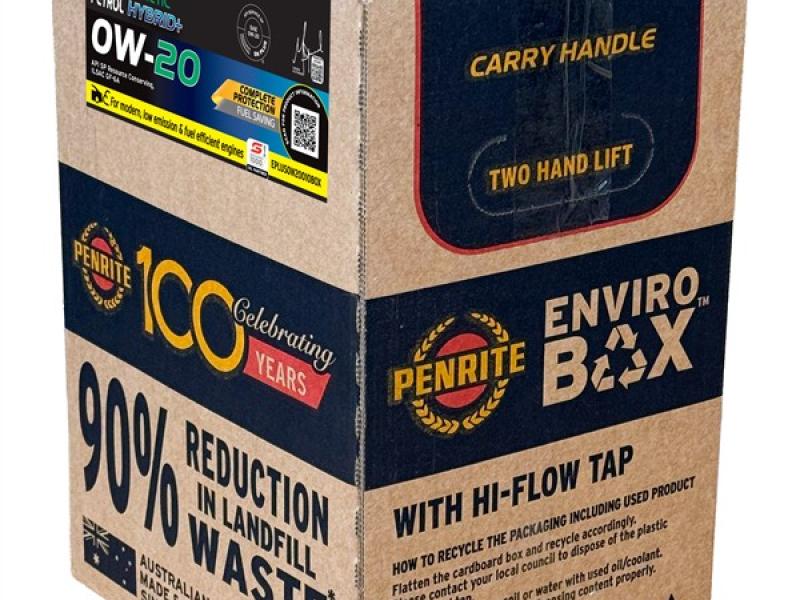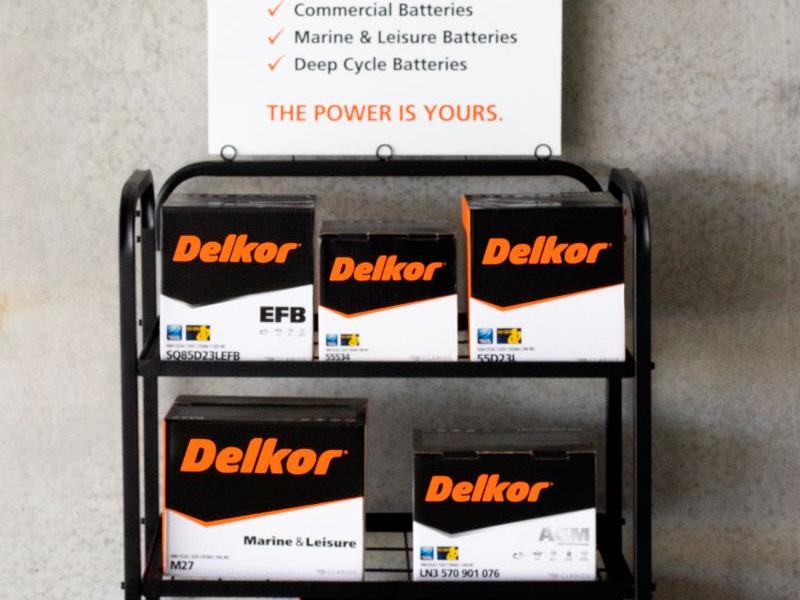If you thought things were slowing down in the field of brake technology and material development, think again.
As with a great many things which we take for granted today, environmental considerations have come to light which suggest that what our parents grew up with and accepted, are not actually so great for the legacy world of tomorrow – the planet we want to leave for those who come after us.
And brakes on automobiles are a bit of a problem.
Well, more accurately, efficient brakes on automobiles are a bit of a problem.
Those of us in their late 40s and 50s know darn well that asbestos is bad. We may not understand the science, well, some of us might, but collectively and simply we just know that it is not great stuff to be using so, we stopped using it, particularly when there is the possibility of asbestos dust.
While this was predominantly understood by those in the housing industry, it also came to light in the automotive world, particularly when it came to the development of brakes, where the heat resistant qualities of asbestos made it effective as a brake lining, being a high friction substance.
In 1999, asbestos was banned across the board, but because it is so effective and affordable, it can still be found in service today.
It is commonly found in the cheaper aftermarket supply industry, so it pays to keep an eye on what brake pads have in their make-up.
And while you are looking for asbestos, you might well come across copper and you might be thinking that’s OK, it isn’t asbestos, but yeah, nahh. Copper ain’t good either.
The use of copper in brakes will be like asbestos by 2025, which is when the US is going to mandate against its use.
The Automotive Aftermarket Suppliers Association (AASA) has been at the forefront of the Copper Free Brake initiative, an element of which is the grading or ‘Leaf mark’ system, which identifies copper concentration in friction materials, using A B or N gradings; A being the most copper heavy and N being brake pads with the least amount of copper.
So, we will be seeing copper in ever diminishing numbers being gradually phased out of brake development by reputable suppliers.
Like asbestos, copper breaks down with high heat use, forms dust and this puffs its way onto our roads, which get rained on and the resultant copper laced H20 goes into ultimately, our water system. For this reason, brake pads supplied through reputable sources are often referred to as ‘copper free’ as the copper content is generally somewhere near 0.5 percent.
So, what is the workshop/brake service provider to do? Well, there’s a little time left before copper brake pads are banned outright but you should be looking around to see who can supply what right now, in the way of lower copper content compounds.
One such supplier is – no surprises here – BNT, and with brake specialisation in the supplier’s very name, it should be obvious that your BNT branch has its finger on the pulse of brake and brake pad technology.
If you are a regular customer of BNT’s, you’ll like as not already be up to speed when it comes to the C-Plus ceramic brake pad range.
BNT market the C-Plus product as the Trade’s number 1 choice and with good reason, as the science which has gone into the development of the three hero products in the C-Plus range; Synergy, Endurance and Metallic is proven, current and all are compliant with Leafmark N for ‘copper free’ 0.5 percent content.
Looking at each product in isolation, Synergy is the ‘go to’ of all the C-Plus products and is well suited to the driving which most everyday people do.
Tony Lin, BNT’s brake systems category manager, explains that the Synergy product is designed to reduce dust and deliver quiet, effective braking performance.
“Synergy provides safe, dependable and environmentally considerate braking for the everyday motorist,” he says, “but it is not the only solution in the C-Plus range, which offers a braking solution for the most diverse driving situations.”
The next product up is probably going to be the most in demand for the next few years as New Zealand’s ongoing love affair with the SUV continues. Introducing Endurance, a ceramic pad best used on SUVs and 4WD vehicles.
“Endurance has been specifically designed for variable driving conditions such as city tarmac to grassy paddocks and of course, concrete boat ramps,” says Tony, “all the places Kiwi drivers like to work and play in.”
The interestingly named Metallic pads are genuinely copper free and use a semi-metallic friction material for their specific application: that of heavy duty and towing as well as for tool-of-trade vehicles which tend towards heavy loading and where higher than normal braking temperatures are prevalent.
Clearly from within the C-Plus range of product, there is a braking solution for every application and with C-Plus already producing a copper free option ahead of the mandated 2025 timeline – as it has for quite some years now – obviously the development and manufacturing technology is right up there, comparable to that of original equipment suppliers in fact.
Put simply, C-Plus offers superior and ultra-quiet braking performance while maximising pad life and minimising rotor wear.
What’s more, because of the production process involved with producing C-Plus pads – pre-burnishing or subjecting the brake pad surface by superheating and thus simulating ‘bedding in’, the C-Plus pads deliver effective stopping power from the first braking application after installation.
This bodes well for C-Plus continuing to be the brake product of choice with BNT as your go to supplier as our vehicles change and improve with the times.
With arguably the most comprehensive brake pad range in the country – there are over 450 catalogue lines to cover the complex Kiwi market – the copper free C-Plus product range should be the first brake solution you stop on to check out.
For more info on the C-Plus range, contact your closest BNT branch.
BNT gently braking away from copper pads
BNT gently braking away from copper pads
Parts
Tuesday, 08 February 2022






